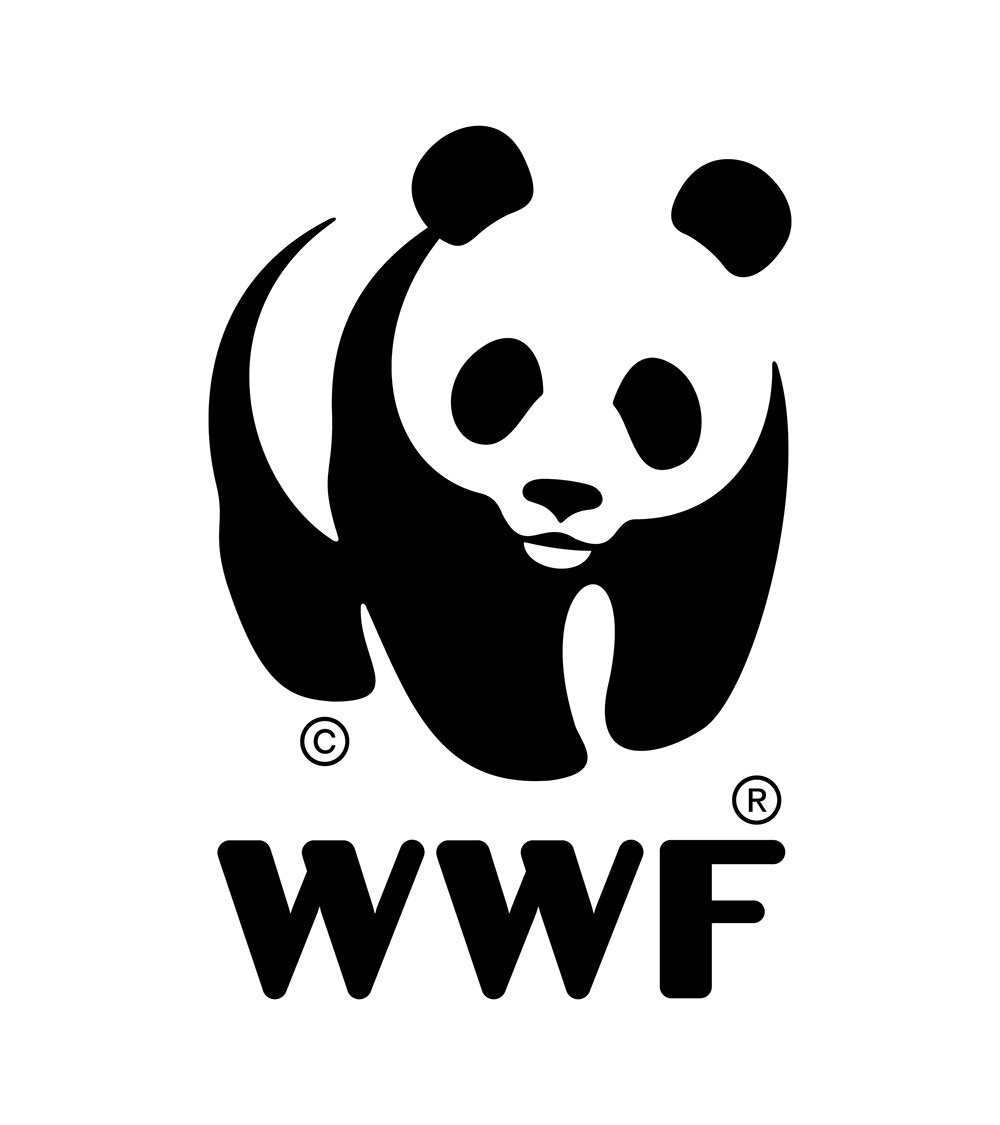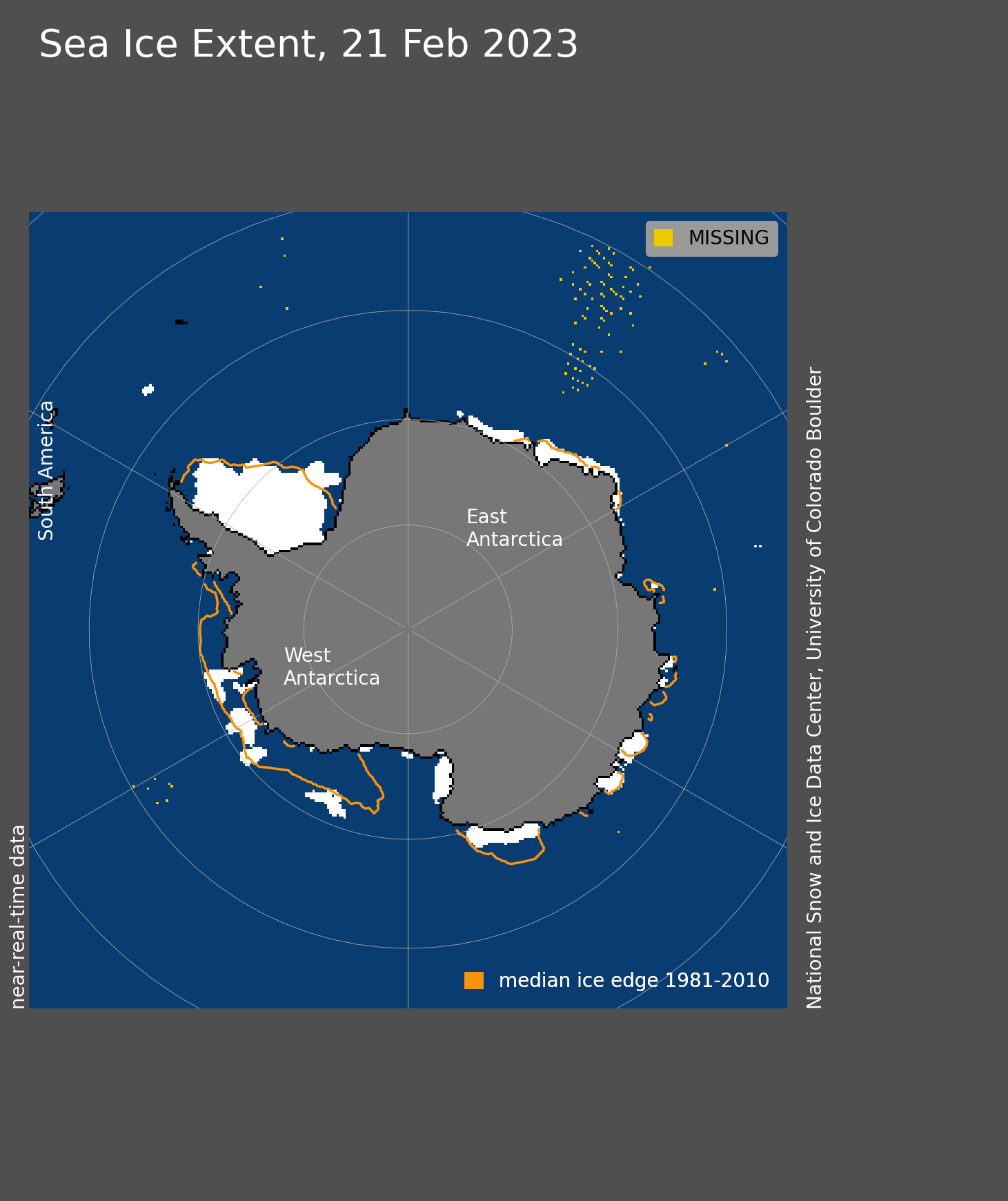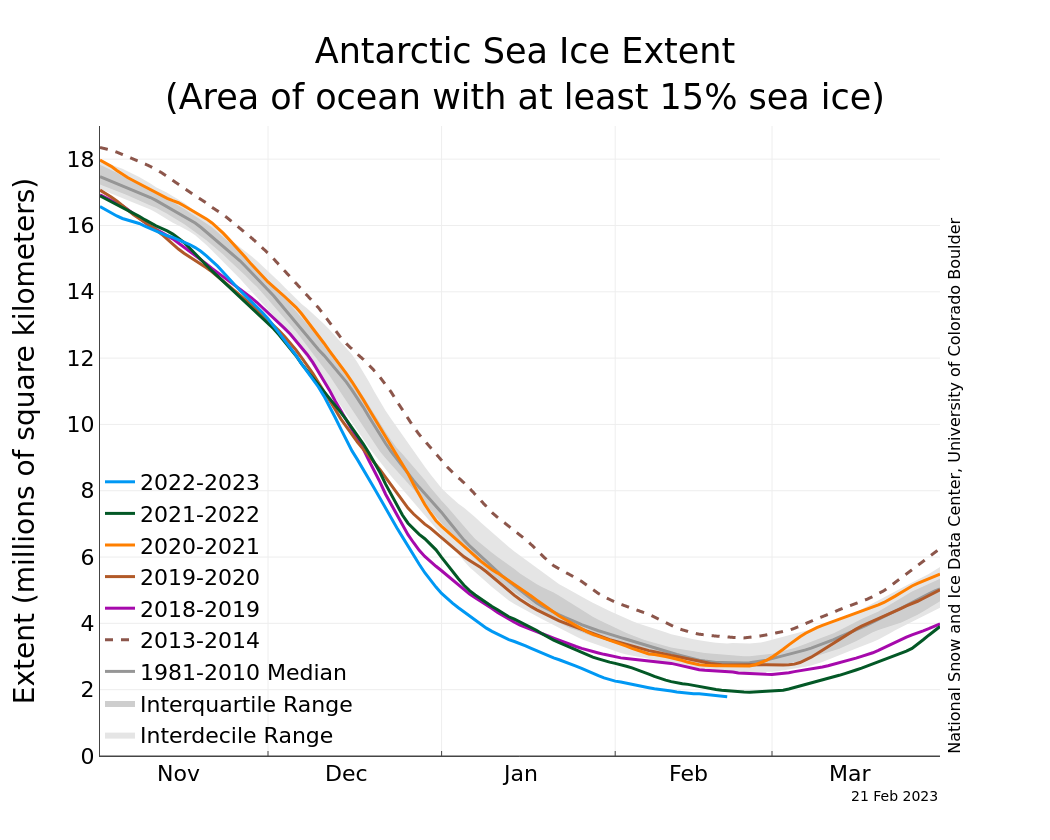Diminishing sea ice threatens delicate Antarctic ecosystem and raises alarms
© UCSC-WWF-Chris Johnson -PermitUnderNOAA
Surrounded by the Southern Ocean lies the continent of Antarctica. This part of the world consists of ice, penguins, seals, and migrating whales. This continent, where few ever travel, is a desert with two seasons summer and winter. Several types of ice make up Antarctica, including ice sheets, glaciers, ice shelves, and icebergs.
The Antarctic ice sheet is the largest piece of ice on Earth. This massive sheet of ice acts like a shield, absorbing and reflecting large amounts of solar radiation away from the Earth’s surface. This function is integral for helping maintain the Earth’s heat balance.
“The life that calls this region home relies on this icy landscape for survival,” says Chris Johnson, Global Lead for WWF’s Protecting Whales & Dolphins Initiative. “Sea ice is more than just frozen water. It is as essential as trees are to land, and without it many species couldn’t exist.”
Underneath the ice is a complex food web. Sea ice algae grow on the undersurface of the ice. As light penetrates the ice, algae start to lump together and form mats. These algae mats feed many species of zooplankton including krill. Antarctic krill are an essential food source for penguins, seals, whales, and other marine creatures.
WWF’s Chris Johnson, and a group of whale ecologists, including Dr. Ari Friedlaender from the University of California Santa Cruz, recently made the journey to Antarctica to conduct vital research. The research delved into Antarctica’s great whales, their ecology and blue corridors under a changing climate. This trip is part of an Intrepid Travel and WWF-Australia partnership.
Shrinking sea ice
With the help of satellites, researchers have monitored sea ice levels around Antarctica for the past 44 years. Sea ice shrinks and grows as the seasons change. How much sea ice encircles the continent’s coastline varies from year to year. The amount of sea ice that expands across the surface of the ocean away from Antarctica is called sea ice extent, and the maximum and minimum is measured yearly. The yearly maximum extent is usually measured in September, while the minimum is measured in March.
This year researchers were alarmed to find that Antarctic sea ice reached the lowest minimum ever recorded. This means there was less sea ice encircling the continent than ever before.
© National Snow and Ice Data Center
How does diminishing sea ice impact whales
The Southern Ocean surrounding Antarctica is a critical feeding area for a range of species like humpback whales that migrate to reach this destination each summer, as well as the largest animal on Earth, the critically endangered Antarctic blue whale.
Fluctuating sea ice levels around Antarctica directly impact the amount of krill available. Competition is high for these small, semitransparent crustaceans. Baleen whales depend on Antarctic krill, as do many other animals, such as seals, birds and fish. Fin, humpback and minke whales are known to be generalist feeders whose diet includes both krill and schooling fish. However, around Antarctica, their diet primarily comprises of Antarctic krill.
As their sea ice habitat recedes due to climate change along the Antarctic Peninsula and the Scotia Sea, research shows that Antarctic krill are moving southward by as much as 440 km. This shift in krill distribution is likely to drain energy from migrating whales. This energy depletion can impact body condition, reproductive fitness and population abundance.
Krill abundance impacts the number of humpback whale pregnancies
Humpback whales migrate up to 16,000 km every year to reach breeding and feeding areas. These baleen whales feed in the polar regions during the spring and the fall, and breed during the winter months in warmer tropical and subtropical areas. In the Southern Ocean, they rely on Antarctic krill.
© UCSC-WWF-Chris Johnson -PermitUnderNOAA
Research shows that the year before a humpback whale becomes pregnant, having enough krill is crucial since female whales need to gain fat to support the pregnancy. In 2017, a year with plenty of krill, 86 per cent of sampled humpback females were pregnant. By contrast, in 2020, following a year with less krill, only 29 per cent of humpback females were found to be pregnant.
“Krill are not an infinite resource and there is increasing overlap between industrial krill fishing and krill predators, including baleen whales, penguins, seals, seabirds and fish, foraging,” says Chris Johnson. “Humpback whales feed in the Antarctic for a handful of months a year to fuel their annual energetic needs for a migration that spans thousands of kilometers. We need to implement networks of marine protected areas in this region that will benefit whales and their blue corridors. Proper management of Antarctica and the Southern Ocean is necessary as climate change becomes an ever-expanding threat.”
Establishing a network of Marine Protected Areas (MPAs) in the Southern Ocean
WWF and partners are working hard to help establish marine protected areas throughout the Southern Ocean. The Commission for the Conservation of Antarctic Marine Living Resources (CCAMLR) has committed to establishing a network of MPAs in this region. Currently, CCAMLR does not include information on climate change or fine-scale krill distribution in its assessment of risks to managing krill fisheries. Implementing effective MPAs will help conserve Antarctic biodiversity, including krill populations, as well as whales and their blue corridors. MPAs can also help monitor the impacts of climate change on the Antarctic ecosystem.





